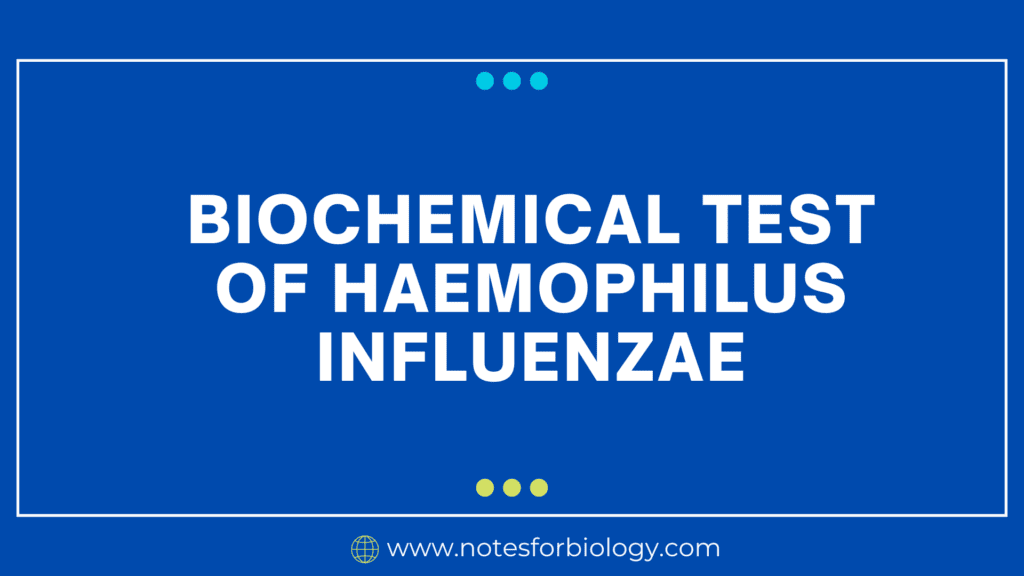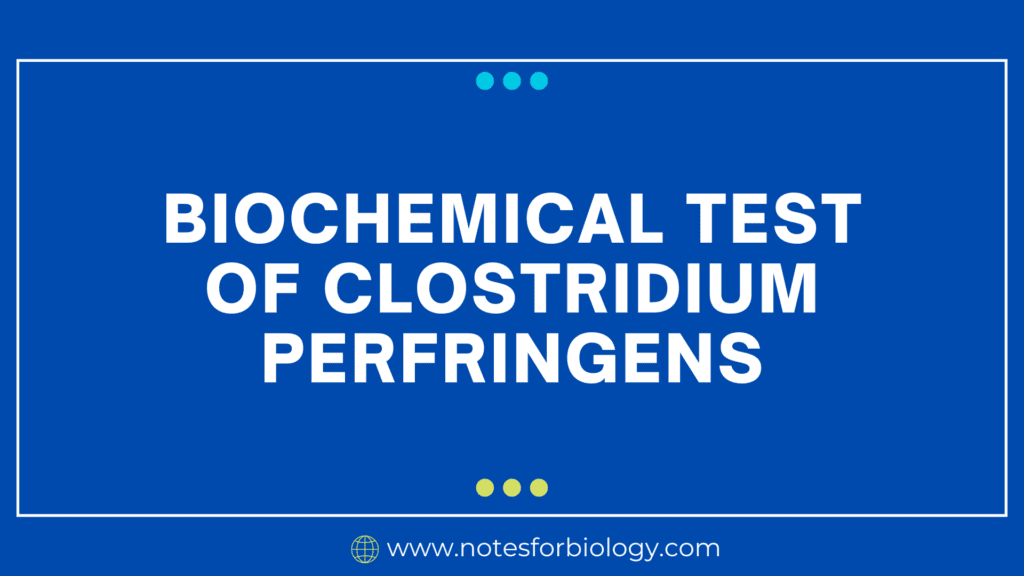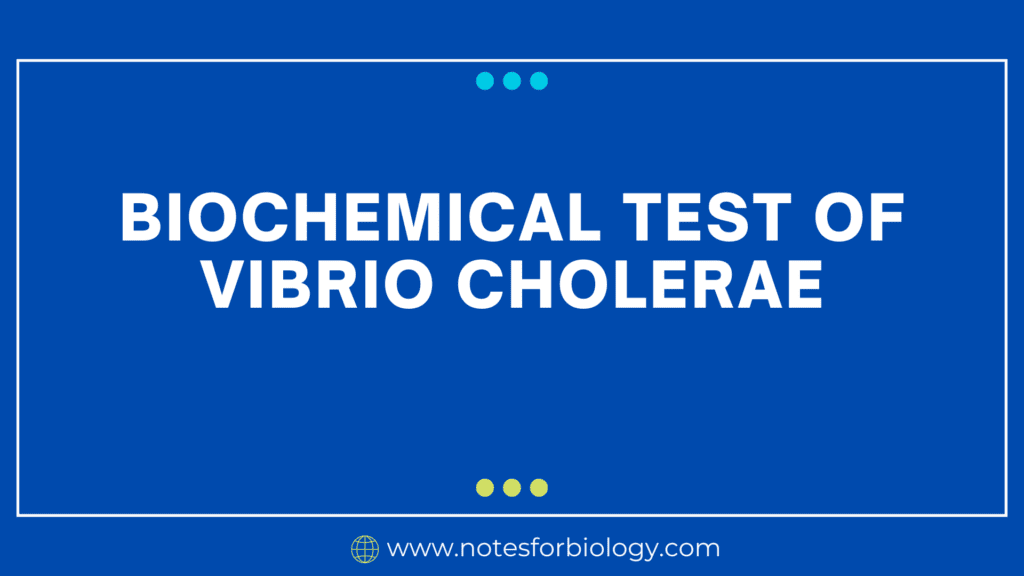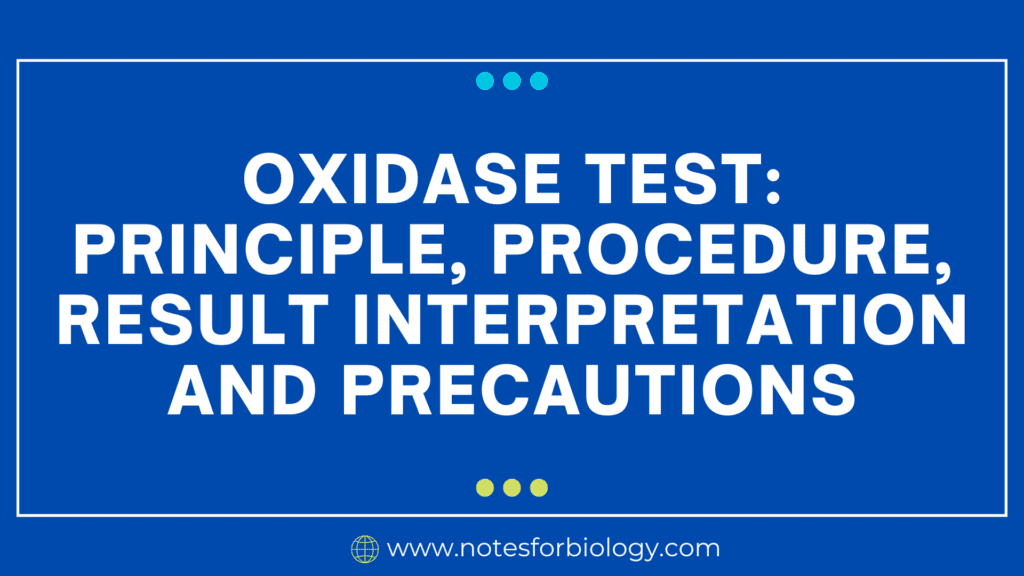Haemophilus influenzae is a facultatively anaerobic Gram-negative bacterium that can cause a wide range of illnesses, especially in young infants. In addition to respiratory tract infections, it has been linked to more serious illnesses such meningitis and septicemia. Biochemical tests are used to detect and distinguish Haemophilus influenzae from other germs. The following are some essential biochemical traits and assays for Haemophilus influenzae:
Table of Contents
Haemophilus influenzae
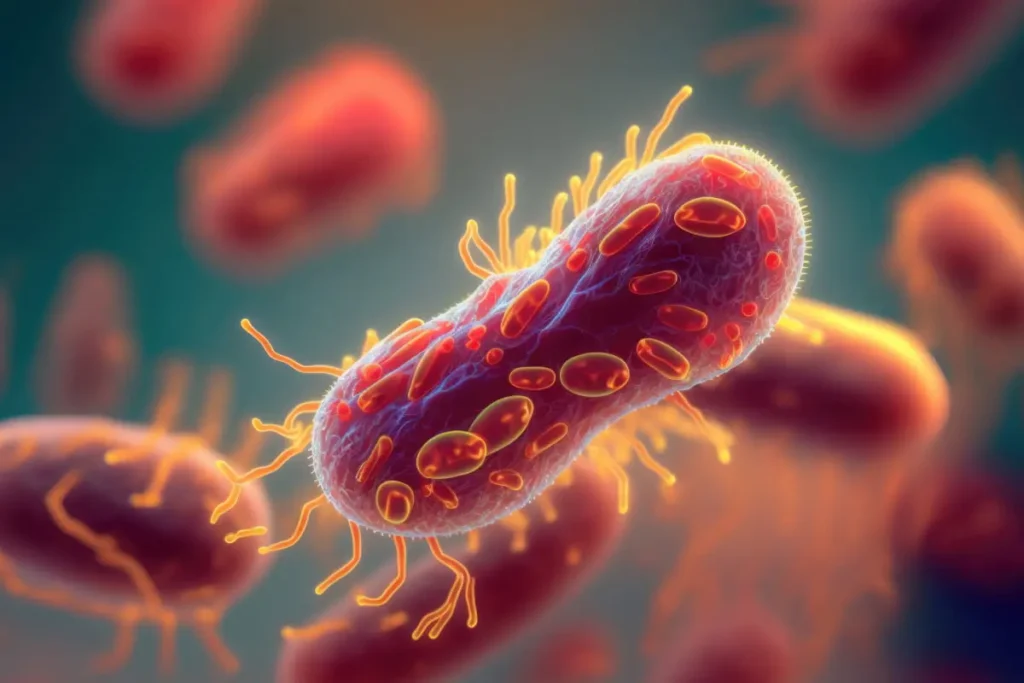
Gram Stain
- Gram-negative coccobacilli are the outcome.
- Under a microscope, Haemophilus influenzae appears as tiny, pleomorphic, Gram-negative rods or coccobacilli, which aids in initial identification.
Oxidase Test
- The outcome is favorable.
- Description: Ascertains whether cytochrome c oxidase is present.
- An enzyme involved in the electron transport chain called cytochrome c oxidase is detected by the oxidase test. A good result means that this enzyme is present in Haemophilus influenzae, as seen by a color change to purple in 10 to 30 seconds.
Catalase Test
- The outcome is favorable.
- Denotes the existence of the catalase enzyme, which converts hydrogen peroxide into oxygen and water.
- This test looks for the catalase enzyme, which produces bubbles when hydrogen peroxide is broken down into water and oxygen. The presence of the enzyme is confirmed by bubble formation, which indicates a good result.
X (Hemin) and V (NAD) Factor Requirement
- X (hemin) and V (nicotinamide adenine dinucleotide) factors are therefore both necessary for growth.
- Growth on sheep blood agar but not on chocolate agar in the absence of these supplements.
- Because it is unable to generate hemin (X factor) or NAD (V factor), Haemophilus influenzae needs these nutrients in order to develop. It does not grow well on regular blood agar unless these factors are supplied, but it does grow well on chocolate agar, which provides both.
Satellite Phenomenon
- The outcome is favorable.
- Growing on blood agar, it exhibits satellite growth surrounding Staphylococcus aureus colonies, supplying V factor.
- Haemophilus influenzae exhibits satellite growth around Staphylococcus aureus colonies when it is cultured on blood agar in the presence of the latter. This occurs as a result of S. aureus lysing red blood cells, which releases X factor, and secreting V factor, which promotes Haemophilus influenzae growth.
Indole Test
- The outcome is favorable.
- Tests the body’s capacity to convert tryptophan into indole.
- The ability to convert tryptophan to indole is evaluated by the indole test. When Kovac’s reagent is added, a red hue appears, indicating tryptophanase activity and a positive result.
Urease Test
- The outcome is negative.
- This test looks for the urease enzyme, which hydrolyzes urea to produce carbon dioxide and ammonia.
- This test looks for the urease enzyme, which hydrolyzes urea to produce carbon dioxide and ammonia. Usually, Haemophilus influenzae does not create urease, which keeps the medium’s color unchanged.
Nitrate Reduction Test
- The outcome is favorable.
- Represents the capacity to convert nitrate to nitrite.
- The ability to convert nitrate to nitrite or nitrogen gas is determined by the nitrate reduction test. The presence of nitrate reductase enzyme is confirmed by a positive result, which is shown by a red hue after adding nitrate reagents.
Carbohydrate Utilization Tests
- Positive generation of acid from glucose.
- Sucrose: Not at all.
- Lactose: Not at all.
- Mannitol: Not quite sure.
- These tests identify which carbs have the potential to ferment, creating acid and occasionally gas. Haemophilus influenzae does not ferment lactose or sucrose, but it does ferment glucose, usually producing acid in the process. Fermentation of mannitol might vary.
Porphyrin Test (ALA Test)
- The outcome is negative.
- This indicates that heme cannot be synthesized from delta-aminolaevulinic acid (ALA) and that X factor is necessary for development.
- This test validates the need for X factor by showing that heme cannot be synthesized from delta-aminolaevulinic acid (ALA). Absence of red fluorescence in the presence of UV light indicates a poor outcome.
Hemolysis on Blood Agar
- No hemolysis (gamma hemolysis) was the outcome.
- On blood agar, Haemophilus influenzae does not result in hemolysis.
Additional Tests for Differentiation
- Capsule Typing: The polysaccharide capsule of Haemophilus influenzae can be used to determine its serotype. Invasive illness is specifically linked to serotype B (Hib).
- Biochemical Identification Kits: For accurate Haemophilus species identification and differentiation, commercial kits (such as API NH, VITEK) can also be utilized.
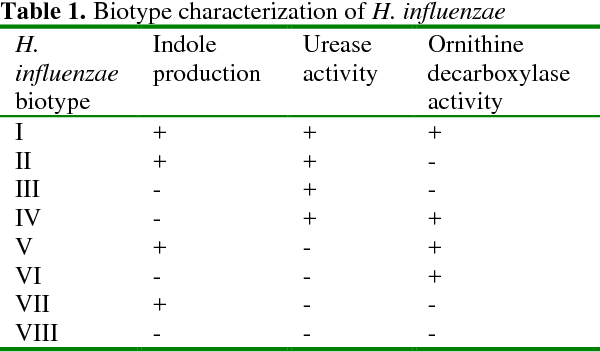
Frequently Asked Questions(FAQ)
Define Haemophilus influenzae?
Haemophilus influenzae is a facultatively anaerobic Gram-negative bacterium that can cause a wide range of illnesses, especially in young infants.
What is the biochemistry of Haemophilus influenzae?
The hitA gene encodes a periplasmic iron-binding protein that is expressed by H. influenzae. Known to encode a traditional high affinity iron acquisition system consisting of hit A, hitB, and hitC (a nucleotide binding protein), this gene is arranged as the first of a three-gene operon.
Is Haemophilus influenzae catalase and oxidase positive?
A Gram-stained specimen of H. influenzae will reveal Gram-negative coccobacillus under a microscope. Catalase and oxidase testing, both of which should yield good results, can be used to further define the cultivated organism.
Is Haemophilus gram positive or negative?
Small, gram-negative, nonmotile rods known as Haemophilus organisms can be found both in encapsulated and nonencapsulated forms. Encapsulated sera type B is responsible for 90–95% of invasive diseases.
Related Article

